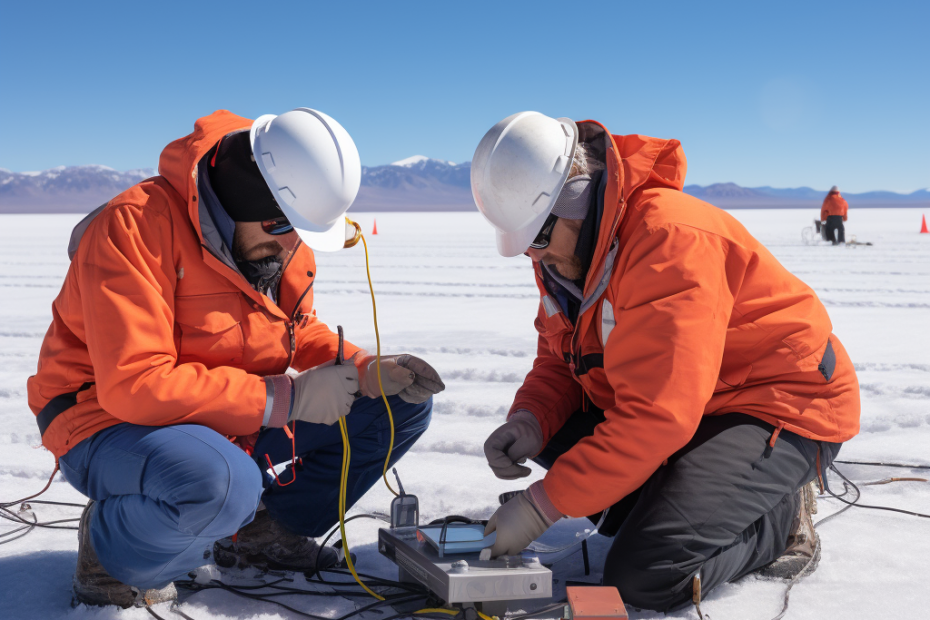National Energy Technology Laboratory (NETL) aimed to find alternative ways to meet domestic lithium demands. A recent study reveals Pennsylvania’s fracking wastewater could supply up to 40% of U.S. lithium requirements. This wastewater, rich in lithium, originates from the Marcellus Shale formation. This finding marks a pivotal point for clean energy technology as lithium is vital for EV batteries.
Focus Keyphrase: Fracking Wastewater Lithium
In 2007, research showed Pennsylvania’s vast natural gas deposits led to a fracking boom, now numbering 13,000 wells. The discovery of lithium in wastewater from these wells presents both potential and challenges.
Study Insights: Potential and Skepticism
The study estimates 1,160 metric tons of lithium per year can be extracted, thanks to materials from ancient volcanic eruptions. However, experts like John Quigley caution against assuming economic viability due to processing and transport challenges.
Industry and Environmental Reactions
The Marcellus Shale Coalition eagerly cites this as a national security enhancement opportunity. Yet, environmental groups express concern over continued fracking’s environmental toll.
Challenges to Overcome
Quigley warns of environmental and health risks from drilling waste. He recalls past failed initiatives to recycle oil and gas industry wastewater.
Conclusion: A Need for Comprehensive Analysis
The study suggests untapped potential but highlights the need for a cautious approach. Alternatives to lithium-based technologies are emerging, which may affect future energy strategies in Pennsylvania.
Disclaimer:
The content presented on this page has not been manually verified by our team. While we strive to ensure accuracy, we cannot guarantee the validity, completeness, or timeliness of the information provided. Always consult with appropriate professionals or sources before making any decisions based on this content.
The image is randomly selected and doesn’t necessarily represent the company or the news below.
![LOGO [återskapat] LOGO [återskapat]](https://batteryjuniors.com/wp-content/uploads/elementor/thumbs/LOGO-återskapat-ozpr6tyjh3va1ifcopltktksqownqc64mplxytts9k.png)

